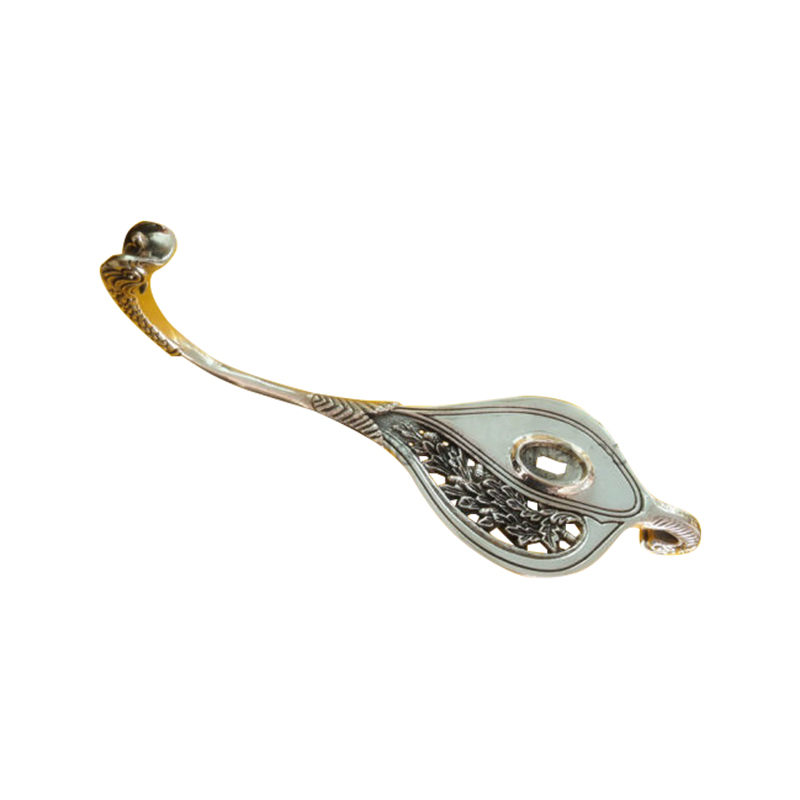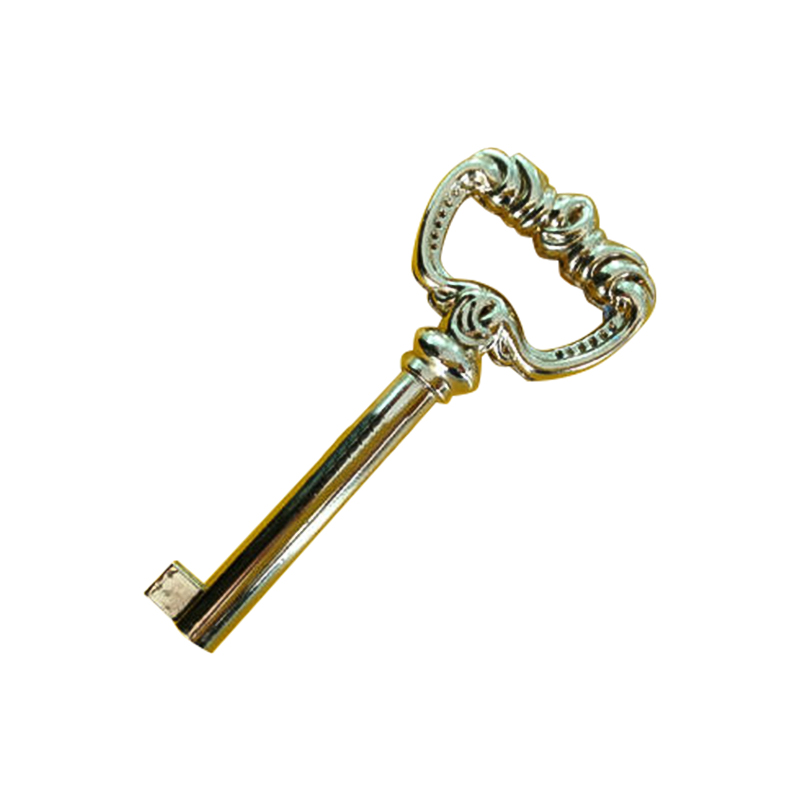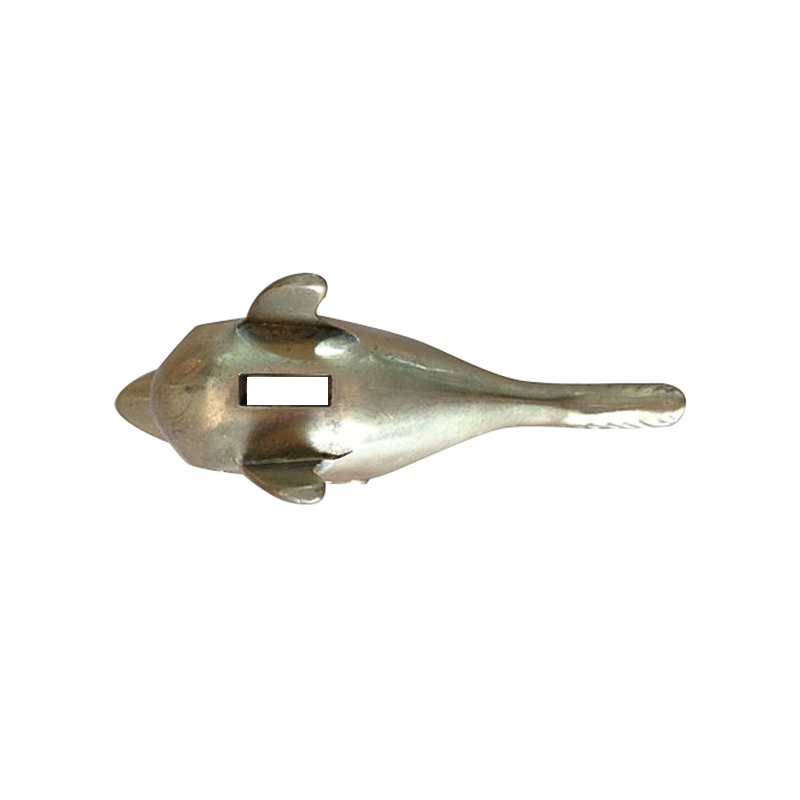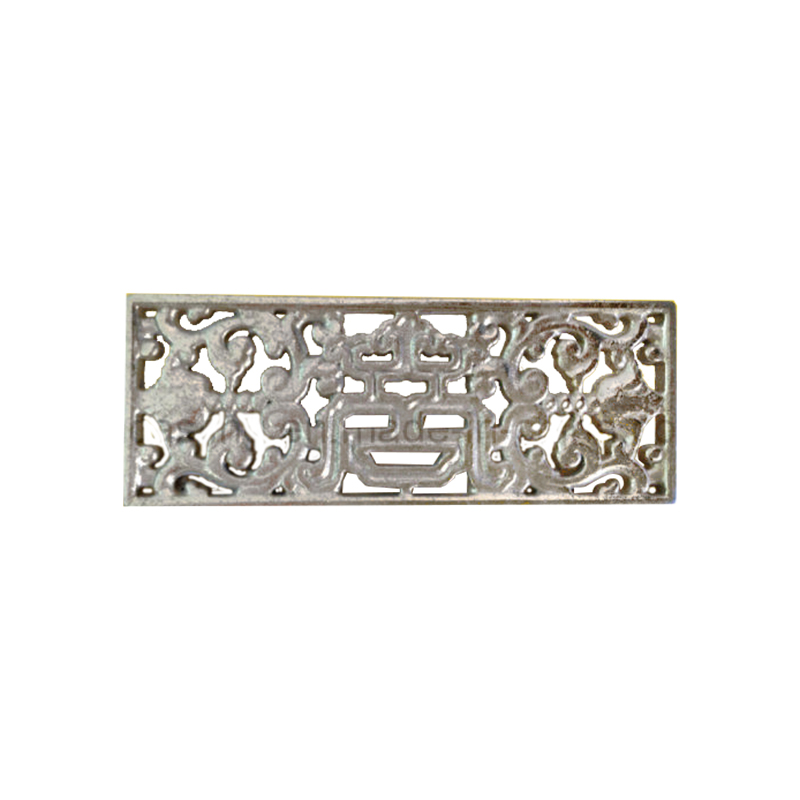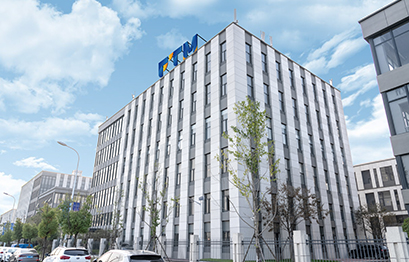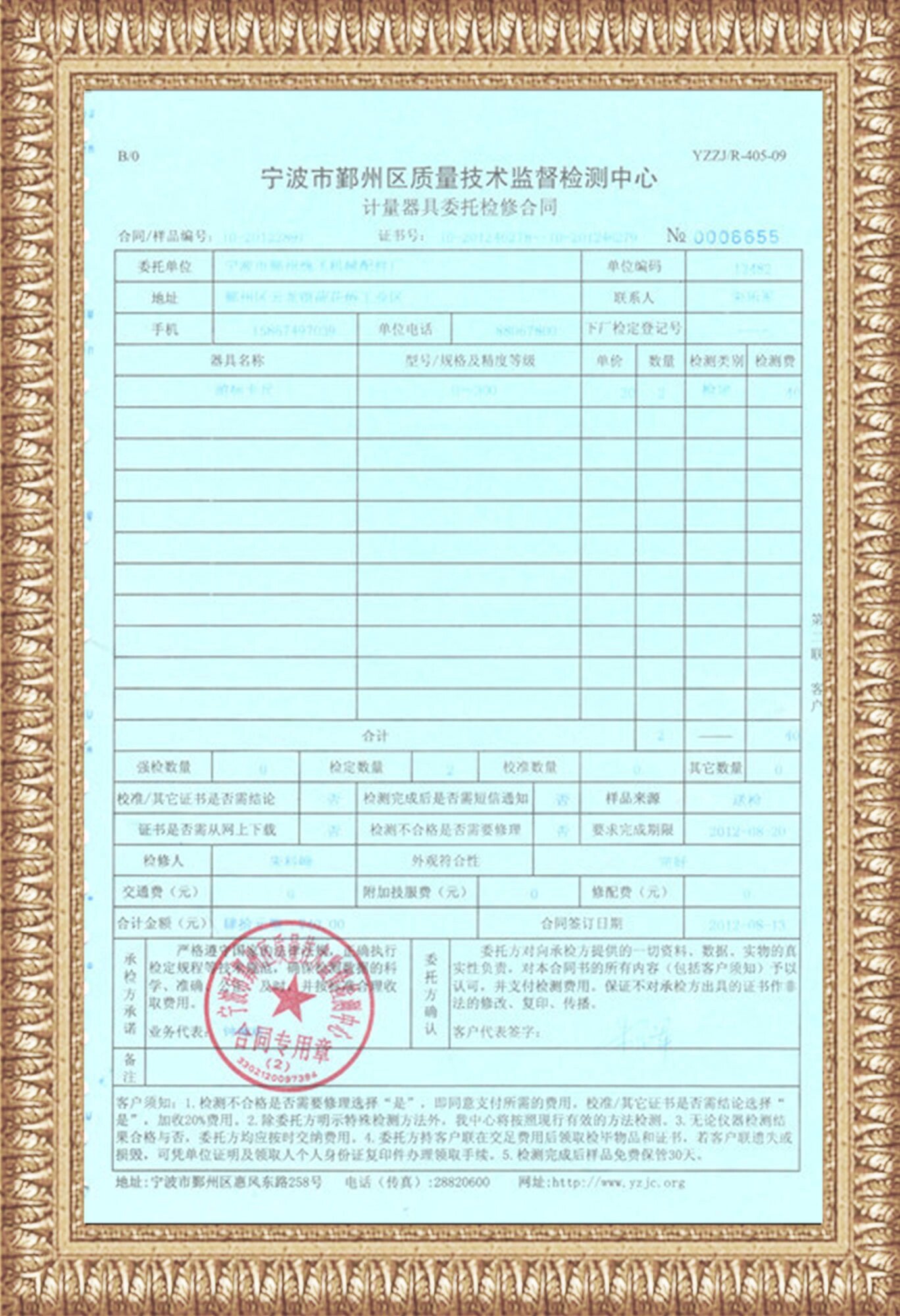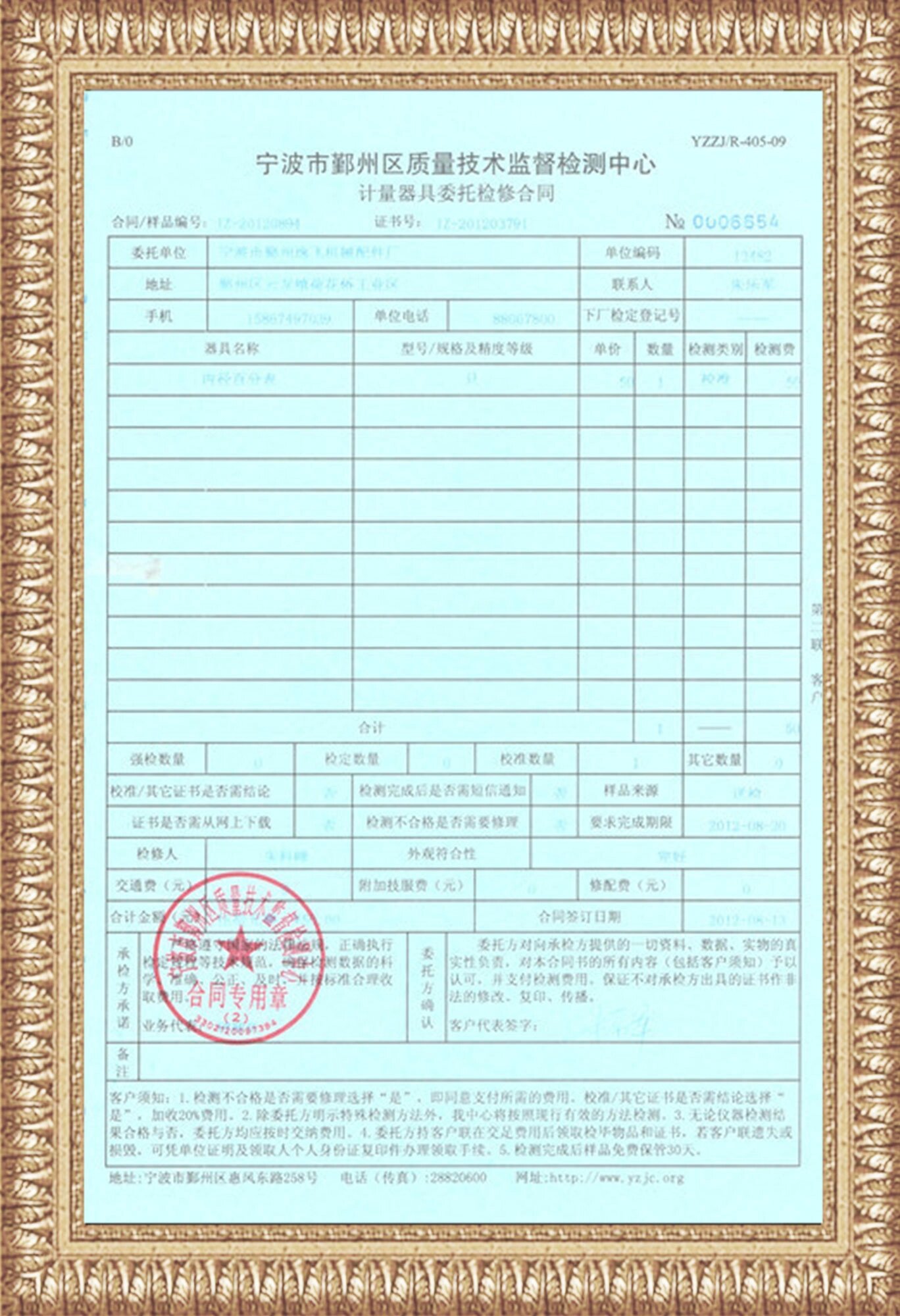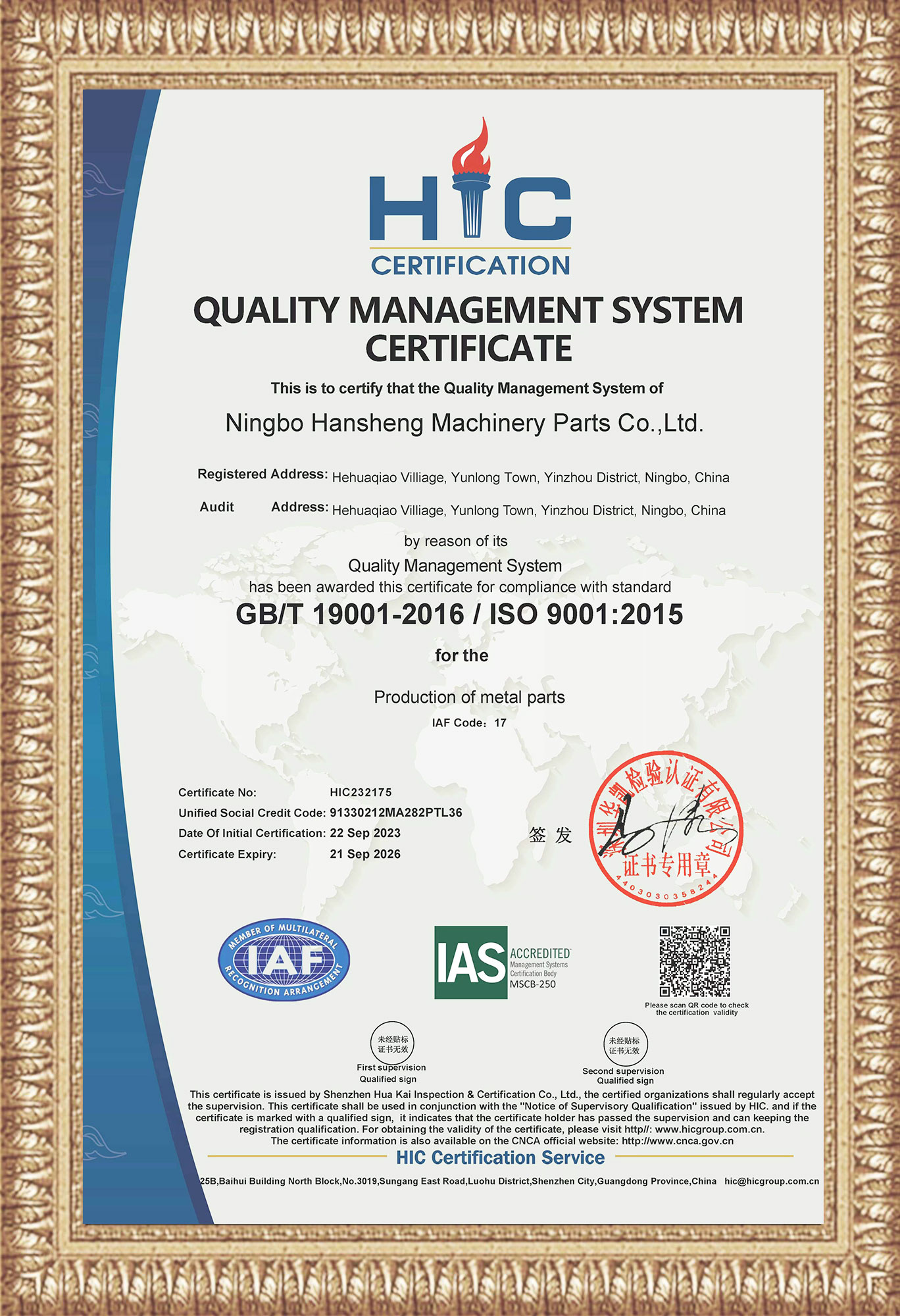What is Brass Die Casting Parts?
Brass die casting parts is a casting process in which molten brass alloy is injected into a mold under high pressure, rapidly cooled and solidified into a mold. Die casting technology is generally suitable for the manufacture of parts that require high precision, complex geometry and smooth surface. Compared with traditional sand casting, the advantage of brass die casting parts is that it can produce parts with precise dimensions and smooth surface, with high efficiency and low cost, which is particularly suitable for large-scale production.
Composition and types of brass: Brass is an alloy composed of copper and zinc, which is often used to make parts with high strength and corrosion resistance. According to the different zinc content of brass, the alloy can be divided into different types such as lead brass, aluminum brass, and tin brass. Lead brass usually has good machinability and high cutting performance, while aluminum brass has stronger corrosion resistance and is often used to manufacture parts that need to resist seawater corrosion. Tin brass has good wear resistance and high temperature resistance.
Key steps in the die casting process:
1. Mold design and manufacturing: The first step in the brass die casting parts is to design and manufacture the mold. The mold is the key to determining the quality of the casting and must have high heat resistance and high precision. High-strength steel is usually used when manufacturing the mold to ensure that it is not easily damaged during repeated high-pressure injection. When designing the mold, it is also necessary to consider the cooling and demolding of the casting to ensure the quality of the molded parts.
2. Melting brass alloy: The temperature for melting brass is usually around 900°C. During the melting process, it is necessary to ensure that the metal composition is uniform to avoid changes in the alloy composition affecting the performance of the casting. During the melting process, impurities in the brass alloy also need to be removed to maintain the purity of the metal.
3. High-pressure injection molding: Under high pressure, molten brass is injected into the mold through a die casting machine. This process requires precise control of the injection speed and pressure to ensure that the brass alloy completely fills the mold cavity and maintains the exact size and shape. Due to the high melting point of brass, the entire injection process requires special care to avoid excessive oxidation or bubbles.
4. Cooling and demolding: The brass alloy injected into the mold cools and solidifies rapidly, usually through cooling channels in the mold to accelerate this process. The cooling rate directly affects the hardness and surface finish of the casting. After cooling, the die casting is removed from the mold and initially inspected.
5. Post-processing and finishing: In order to ensure the accuracy and surface quality of die castings, post-processing processes such as deburring, polishing, and spraying are often required. Burr treatment is to remove excess metal from the surface of the casting, and polishing can make the surface smooth and improve the appearance. In addition, in some applications, surface coating may also be required to enhance corrosion resistance.
Compared with other casting methods, the brass die casting parts process can produce parts with precise dimensions and smooth surfaces more quickly and can be mass-produced. This makes brass die casting parts particularly suitable for applications with high precision and high appearance requirements, such as automobiles, aviation, electronics, and medical equipment.
What are the advantages of Brass Die Casting Parts?
The multiple advantages of brass die casting parts have made them widely used in many industrial applications. Its advantages are not limited to the superiority of the material itself, but also include efficiency and cost advantages in the processing process. The following are the main advantages of brass die casting parts:
1. Excellent corrosion resistance
Brass alloys have natural corrosion resistance, especially in harsh environments such as seawater, moisture, and chemical media. Due to the effect of the copper component, brass die casting parts can withstand the erosion of substances such as salt water, acidic solutions, and oxygen without being easily rusted or corroded. This makes brass die casting parts widely used in fields that require corrosion resistance, such as marine equipment, chemical equipment, and water treatment facilities.
2. High strength and wear resistance
Brass alloys not only have high strength, but also excellent wear resistance, and can operate for a long time without damage in high-load and high-friction environments. This makes brass die casting parts widely used in mechanical parts, automotive transmission systems, gears, bearings, and other fields. The compressive and fatigue resistance of brass makes it very suitable for parts that require durability and high strength, such as power tools, construction machinery, and automation equipment.
3. Good electrical and thermal conductivity
Brass has excellent electrical and thermal conductivity and is an important material in electrical equipment and electronic products. Brass die casting parts are widely used in electrical connectors, electrical joints, switches, sensors and other parts. They can efficiently conduct current, reduce heat accumulation in electrical equipment, and prevent overheating. Due to their strong thermal conductivity, brass die casting parts can effectively dissipate heat and keep the equipment running stably.
4. Precision and surface quality
The brass die casting parts process can produce parts with precise dimensions and smooth surfaces, which is very important in many high-precision industries. Compared with traditional casting, the die casting process can achieve a smaller tolerance range, and the surface quality of the casting is excellent, and there is no need for excessive post-processing. For products that require high precision, such as automotive parts, precision instruments, optical equipment, etc., brass die casting parts are an ideal choice.
5. Cost-effectiveness
Due to its efficient production process, brass die casting parts are suitable for large-scale production, so they have a lower unit cost when mass-produced. Although the raw material cost of brass alloy is relatively high, the overall production cost is still reasonable because it saves a lot of processing time and material waste in the production process. The high durability of brass die casting parts products reduces the maintenance cost and replacement frequency of products, and has long-term economic benefits.
6. Environmental protection and sustainability
As a metal material, brass has a high recycling value. During the casting process, the scrap and scrap of brass can be recovered and melted for reuse, reducing resource waste. In addition, with the improvement of environmental awareness, more and more brass die casting parts companies adopt energy-saving and environmentally friendly production equipment and processes, making the die casting process more green and efficient.
What are the common application areas of Brass Die Casting Parts?
Due to its excellent physical and mechanical properties, brass die casting parts have been widely used in many industries, especially in the following important fields:
1. Automobile industry
In the automotive industry, brass die casting parts are widely used to manufacture high-strength and corrosion-resistant parts such as electrical connectors, transmission parts, valves, radiators, pump bodies, bearings, etc. Brass's corrosion resistance makes it particularly suitable for components in automotive engines, fuel systems and cooling systems. In parts that need to withstand high loads and wear resistance, the high strength and wear resistance of brass die casting parts can ensure long-term stable operation and reduce the frequency of replacement.
2. Mechanical and engineering equipment
The mechanical engineering field is another important application of brass die casting parts. Brass has excellent pressure resistance, wear resistance and corrosion resistance, and is widely used in various mechanical parts. Brass die casting parts such as gears, pump bodies, bearings, drive shafts, etc. can maintain good performance for a long time under heavy loads and high pressure environments, reducing the failure rate.
3. Electrical and electronic industries
Brass's excellent conductivity and high temperature resistance make it an important material in the electrical and electronic industries. Brass die casting parts are used to manufacture electrical connectors, electrical switches, terminals, plugs, etc. Especially in high-power electrical equipment, brass can effectively prevent equipment from overheating and ensure stable current conduction.
4. Marine hardware
Due to brass's corrosion resistance to seawater, brass die casting parts are widely used in marine hardware. Valves, pump impellers, marine accessories, etc. are usually die-casted with brass to ensure long service life in harsh marine environments.
5. Medical and precision equipment
Brass die casting parts are also widely used in medical equipment and precision instruments. Because brass has good antibacterial properties and high-precision molding capabilities, it is used to manufacture surgical tools, sensors, structural parts of precision instruments, etc.
6. Other industries
In addition to the above industries, brass die casting parts are also widely used in aviation, home appliances, printing equipment, sports equipment, textile machinery and other fields. Ningbo Hansheng Machinery Parts Co., Ltd., as a professional die-casting service provider, provides high-quality brass die casting parts for these industries to meet the needs of various customers.



 English
English Deutsch
Deutsch 简体中文
简体中文
